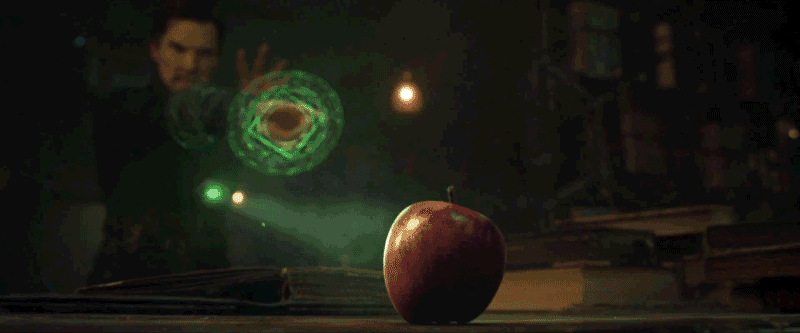Implement undo mechanisms in our classes
The Memento Pattern is one of the most well-known and commonly used Structural Design Patterns.
It uses Object Oriented Programming principles in a 3 class setup to easily implement undo mechanisms used in most software editors, ranging from VSCode and Google Docs to Photoshop and most browsers' go-back features.

Resources
The source code for all prominent design patterns has been properly implemented and documented in this GitHub repostitory by me.

Implementing the History class
Also known as the Caretaker
| Type | Name | Function |
|---|---|---|
| Variable | 'states' |
An array of objects (implemented as a stack) where each object extends the EditorState class |
| Methods | pop |
Returns the most recent aka state object stored in the states array. (top of the stack) |
push |
Adds a new state to the states list |
public class History {
public List<EditorState> states = new ArrayList<>();
public void push(EditorState state){
states.add(state)
}
public void pop(){
var lastIndex = states.size() - 1;
var lastState = states.get(lastIndex);
states.remove(lastIndex);
return lastState;
}
}Implementing the EditorState class
Also known as the Memento
| Type | Name | Function |
|---|---|---|
| Variables | state |
An object having a content property |
| Methods | getContent |
Retrieves the content (string) of the state object passed to it from the states list in the History class |
public class EditorState {
private final String = content;
// Constructor
public EditorState(String content){
this.content = content;
}
public String getContent(){
return this.content
}
}
Implementing the Editor class
Also known as the Originator
| Type | Name | Function |
|---|---|---|
| Variable | content |
Simple string that is passed from the user input |
| Methods | createState |
Creates an EditorState object using the content string |
restore |
Retrieves the content as a string from the History class using EditorState's getContent() method |
|
getContent |
Getter for the content variable |
|
setContent |
Setter for the content variable |
public class Editor {
private String content;
public String restore(EditorState state){
this.content = state.getContent();
}
public EditorState createState(){
return new EditorState(this.content);
}
public String getContent(){
return this.content;
}
public void setContent(content){
this.content = content
}Using this pattern
Import and call the following in your main class :
class Main {
public static void main(String[] args) {
var editor = new Editor()
var history = new History()
editor.setContent("a")
history.push(editor.createState())
editor.setContent("b")
history.push(editor.createState())
editor.setContent("c")
history.push(editor.createState())
editor.restore(history.pop())
}Conclusion
Congrats on unlocked the secret of how a computer reverses time. You should feel pretty comfortable now developing the undo and redo functionalities in your applications. Until next time...

References..
Whatever I have learnt and implemented here in code as well as the explanation is all from the teachings of the brilliant Mosh Hamedani and his course on Design Patterns which I would recommend you to take if you are really interested in exploring the beauty of Object Oriented Programming


